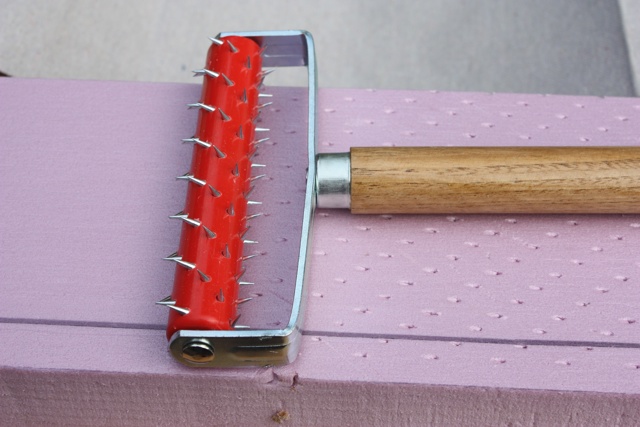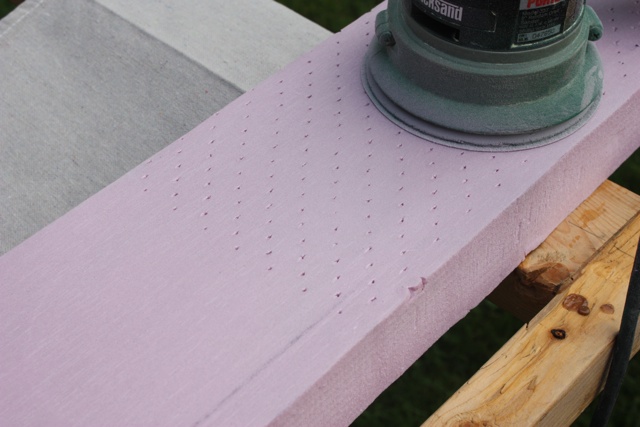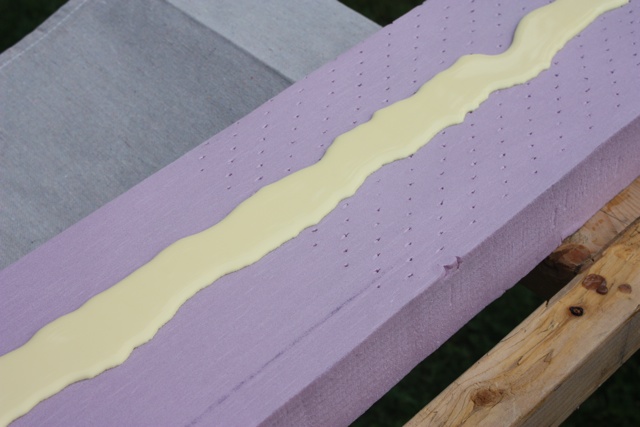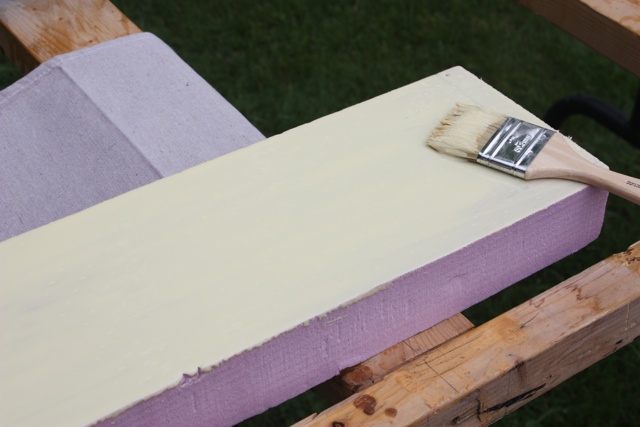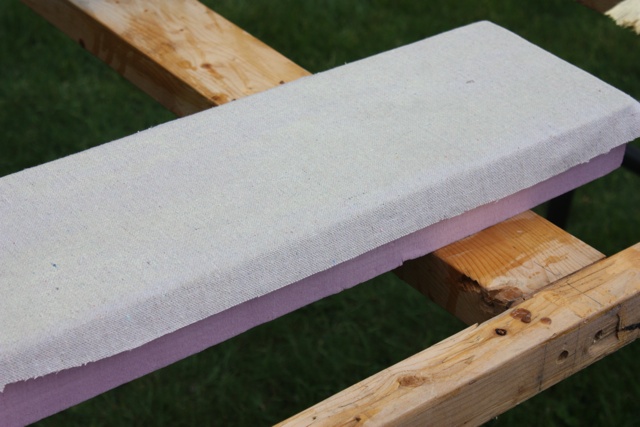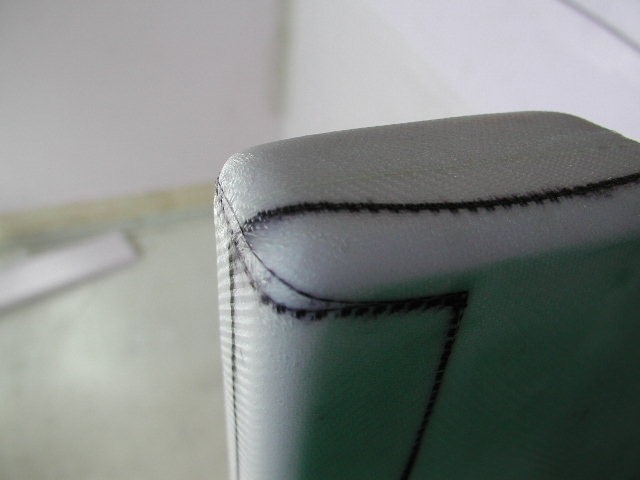Thanks for clearing that up for me, Mike! I'm easily confused as well as easily distracted by shiny objects.
I too am becoming fascinated by the whole "foamie" process and I'm running several possibilities through my mind. Nothing worth drawing up in SketchUp yet, but one never knows.
I'm also wondering if you did anything special to prep the foam before applying anything to it. When I work with closed cell foam in making door panels and such, there's a skin that has to be removed from the foam before gluing it. The glue bonds to the skin just fine - that skin will just pull away from the foam itself over time. Is there any kind of skin on the foam you're using (indicated by a shiny finish,) and if so, did you sand it off before you applied anything over it?
I too am becoming fascinated by the whole "foamie" process and I'm running several possibilities through my mind. Nothing worth drawing up in SketchUp yet, but one never knows.
I'm also wondering if you did anything special to prep the foam before applying anything to it. When I work with closed cell foam in making door panels and such, there's a skin that has to be removed from the foam before gluing it. The glue bonds to the skin just fine - that skin will just pull away from the foam itself over time. Is there any kind of skin on the foam you're using (indicated by a shiny finish,) and if so, did you sand it off before you applied anything over it?


